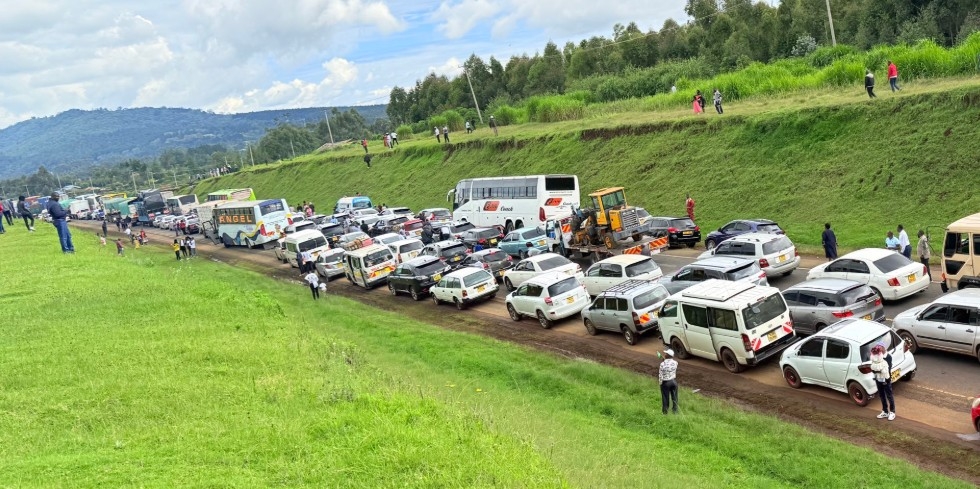Over the last three months, protests have made a large part of daily news reports from the African continent through to Asia.
The protests have largely had similarities on various aspects, but the results are somehow different.
In Bangladesh, the protests dubbed “The 2024 Bangladesh quota reform” began in July.
The movement was a series of anti-government and pro-democracy protests led by university students.
The peaceful demos began early July as university students demanded the abolishment of quotas in hiring in the civil service.
The quotas had a third of jobs in public service reserved for relatives of independence war veterans in 1971 and was seen as discriminatory.
Despite the administration agreeing to their demands and abolishing the quotas, the protests turned into anti-government demos calling for the resignation of the entire administration.
The case for Kenya was no different
The youth-led demonstrations dubbed “Gen Z protests” started as the anti-Finance Bill, 2024 on June 18.
They termed the Bill punitive as it proposed taxes on many areas that were never taxed before and was seen as something that would make many Kenyans strain.
Parliament went ahead and passed the Bill, but President William Ruto rejected the entire poiece of legislation after street protests turned bloody.
The Gen Z, nontheless, pushed on with the protests with the movement evolving into anti-government protests calling for resignation of the entire government.
For Bangladesh, the weeks of protests led to the resignation of Prime Minister Sheikh Hasina after 15 years in power.
A move to have the army take over on an interim basis was opposed by the students who wanted Opposition politician and Nobel laureate Professor Muhammad Yunus to take over instead.
Both protests experienced violent altercations between the police and the protesting youths, and this led to the loss of tens of lives.
In Kenya, lobbyists placed the number of deaths at over 60, the government placed the death toll at 42.
In Bangladesh, the weeks of violent unrest saw nearly 300 deaths, according to local media reports.
As Hasina fled the country to India, the protesters invaded her official residence in Dhaka where there was massive destruction of property and looting.
The Kenyan protesters on their part invaded the Parliament where they also looted items and destroyed property.
Their plans to invade the State House and the Jomo Kenyatta International Airport were, however, twarted by police.
Allegations
In both instances, the ruling elite blamed the Opposition for sabotaging the protests which were initially peaceful before turning chaotic.
The narratives did not, however, hold especially in Bangladesh.
The Kenyan government laid the blame on external forces, where at first, Russia was blamed for financing the protests over Kenya’s position on “certain global matters”.
The blame would later shift to the Ford Foundation and 15 other non-governmental organisations.
Ford Foundation denied the allegations.
"As a charitable foundation with a global presence, our grant-making is transparent and readily available on our website," it said.
Ford Foundation also reiterated that while it supports the right of Kenyans to peacefully advocate for a just and equitable country, it denounced any acts that advocate for violence.
"We repudiate any actions or speech that are hateful or advocate violence against any institution, individual or community," the foiundation said in a statement.
The protests have toned down in both countries with the formation of the broad-based government in the Kenyan case believed to have played a huge role in camling the storm.
The last anti-government demonstrations held in Kenya were on August 8, and were only in the capital city, Nairobi.
They did not attract a huge turnout compared to the previous protests.
The pact between Opposition leader Raila Odinga and President William Ruto saw five members from the Orange Democratic Movement (ODM) incorporated into the new Cabinet.
The new Cabinet is barely a week into office.












